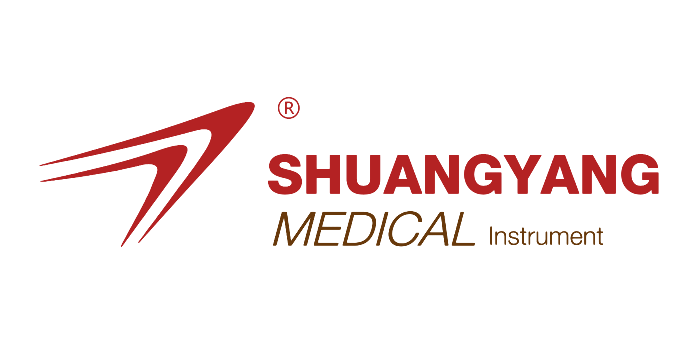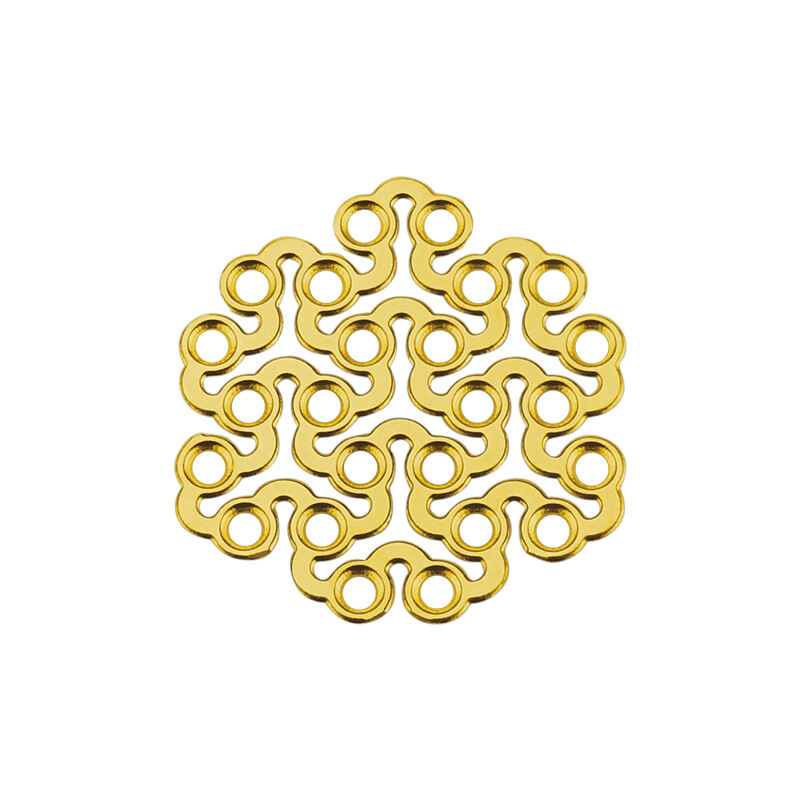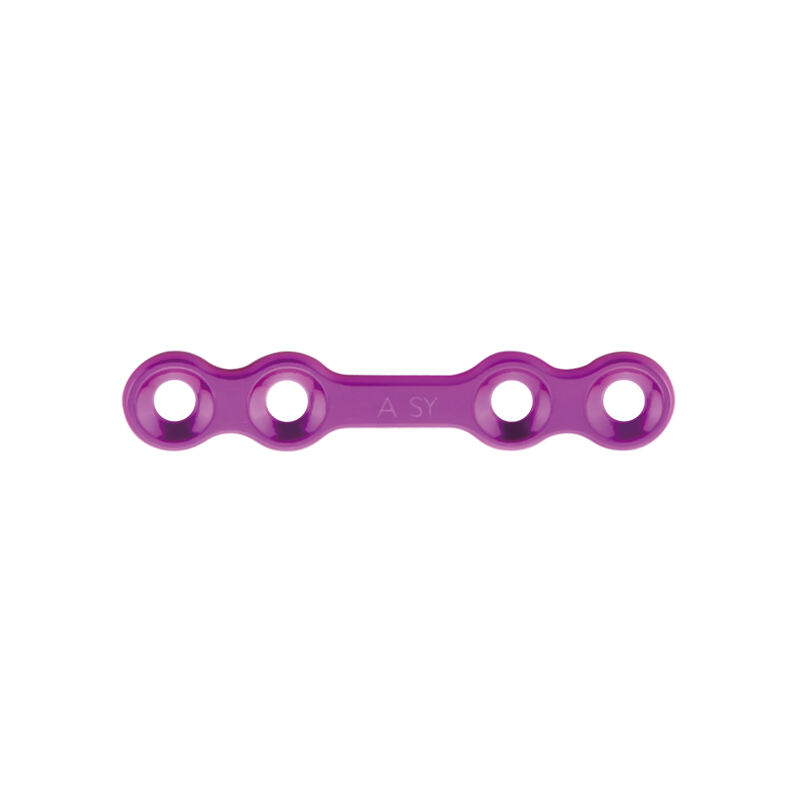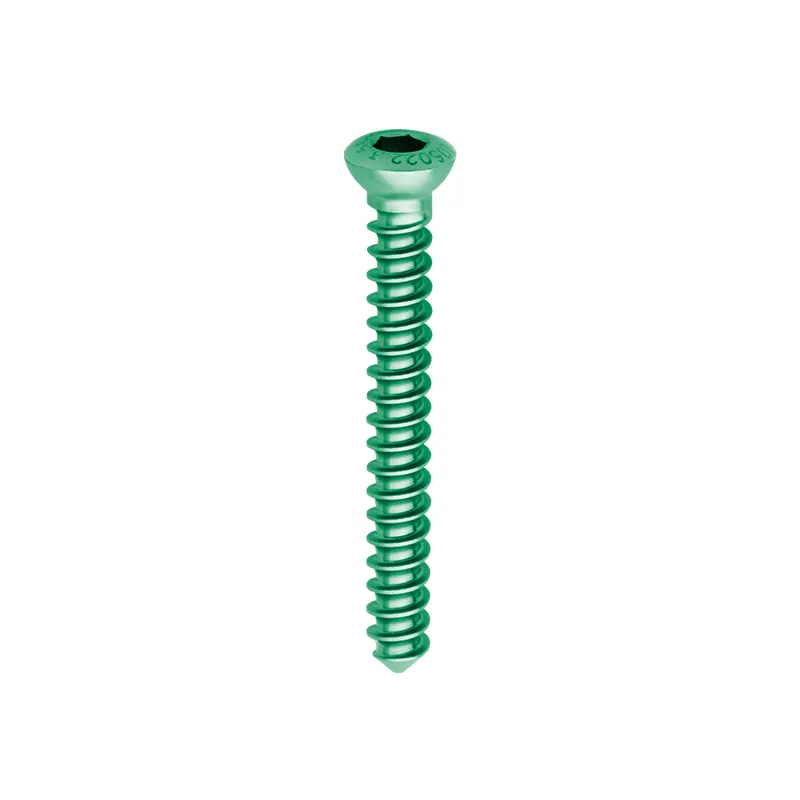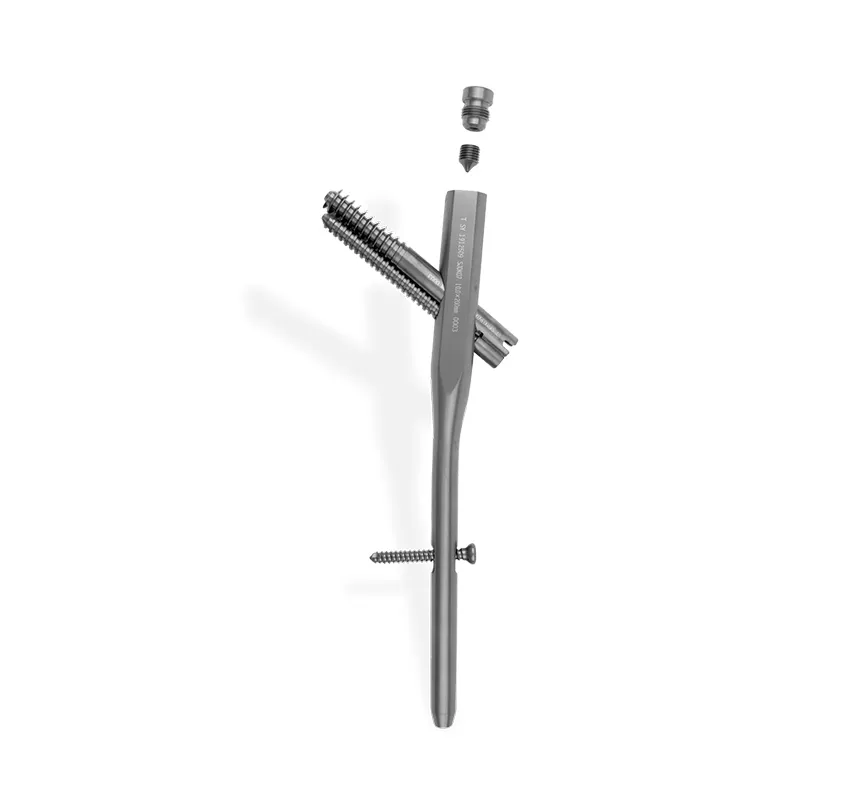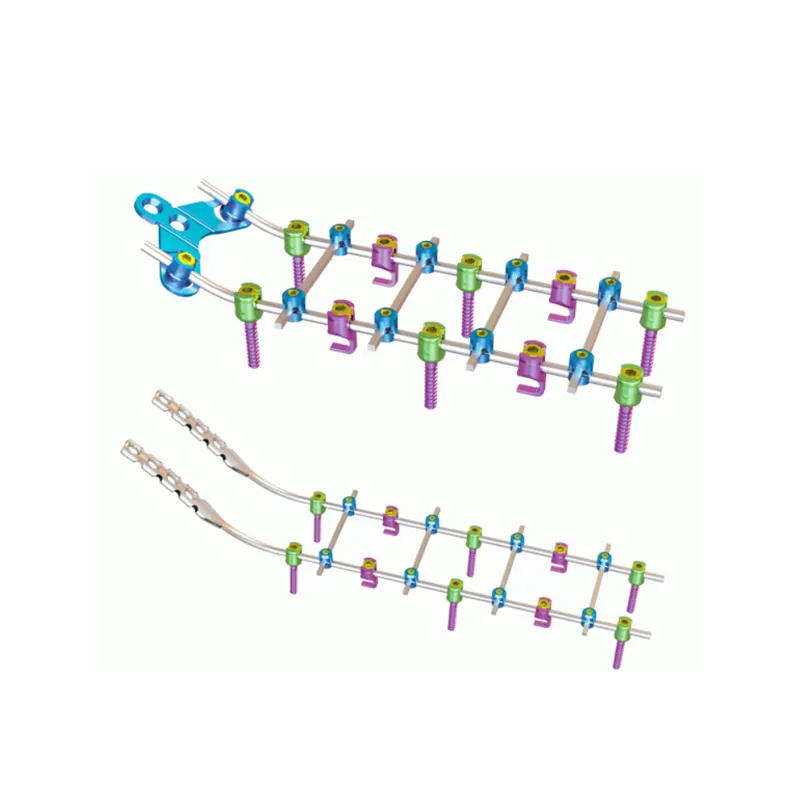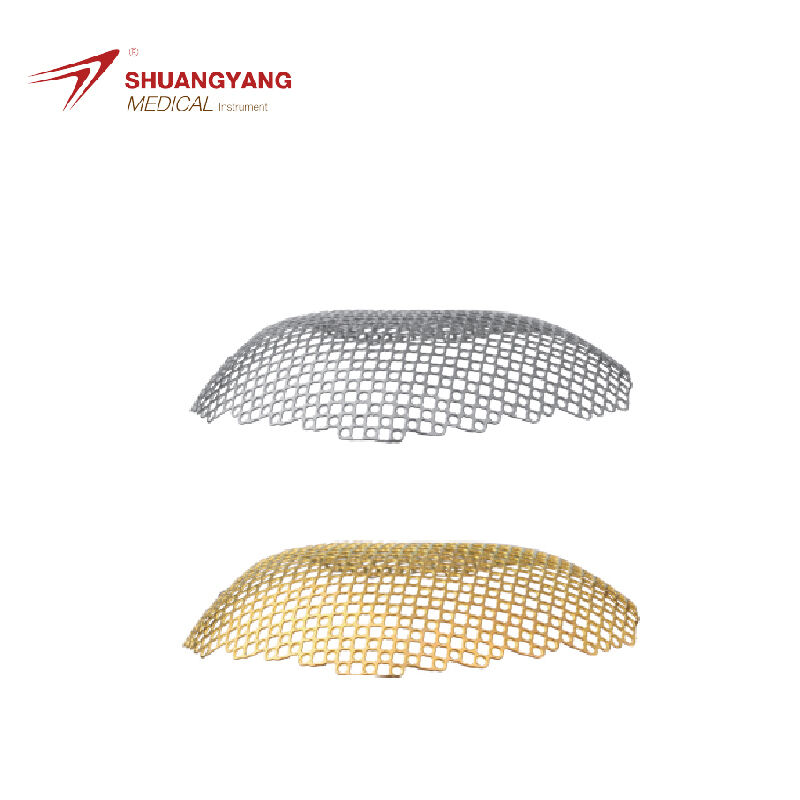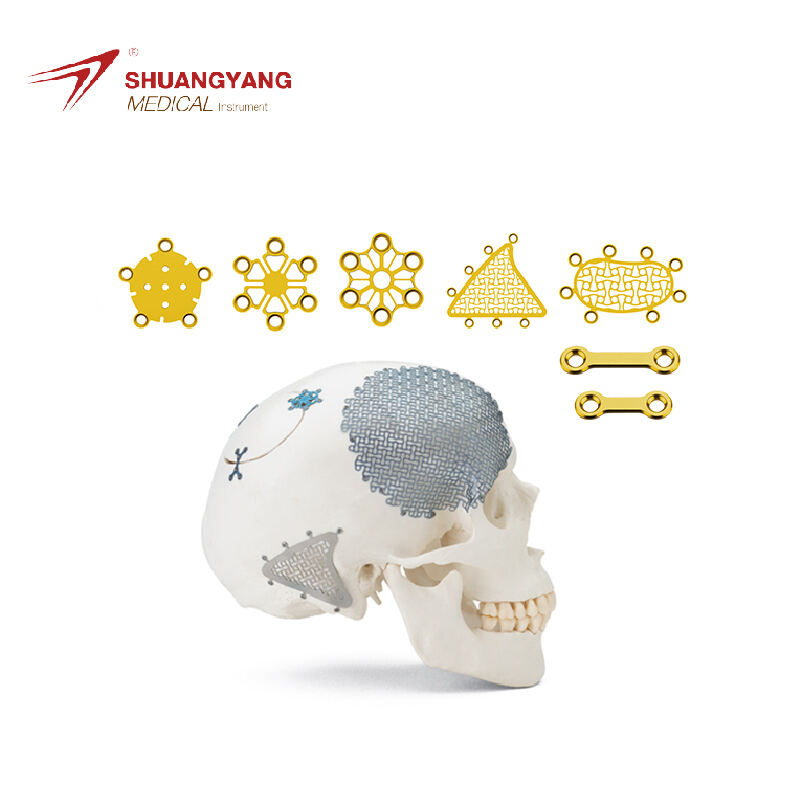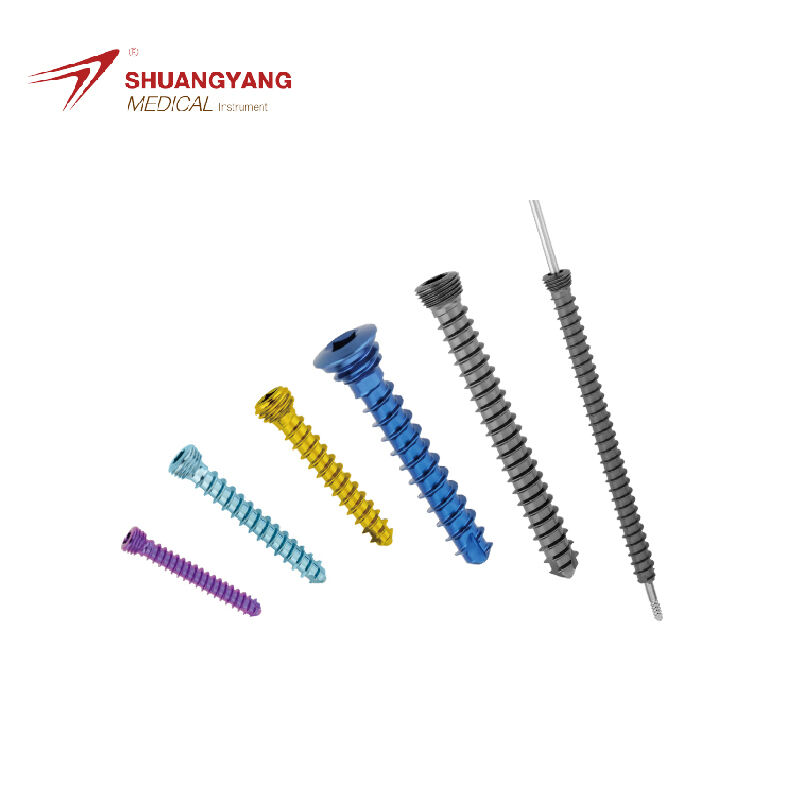external fixation device
The external fixation device is a groundbreaking orthopedic tool designed to stabilize and correct fractures and skeletal deformities from outside the body. Its main functions include immobilizing bones to facilitate healing, reducing pain, and minimizing the risk of infection compared to internal fixation methods. Technologically advanced features of this device include adjustable nuts and bolts that allow for precise control of the fracture's alignment, modular designs that can be tailored to a variety of anatomies, and durable, lightweight materials that ensure patient comfort. The applications of the external fixation device are extensive, ranging from simple fractures to complex trauma cases, and it is particularly valuable in cases where internal fixation is not feasible or optimal.
 EN
EN
 FR
FR
 ES
ES
 AR
AR
